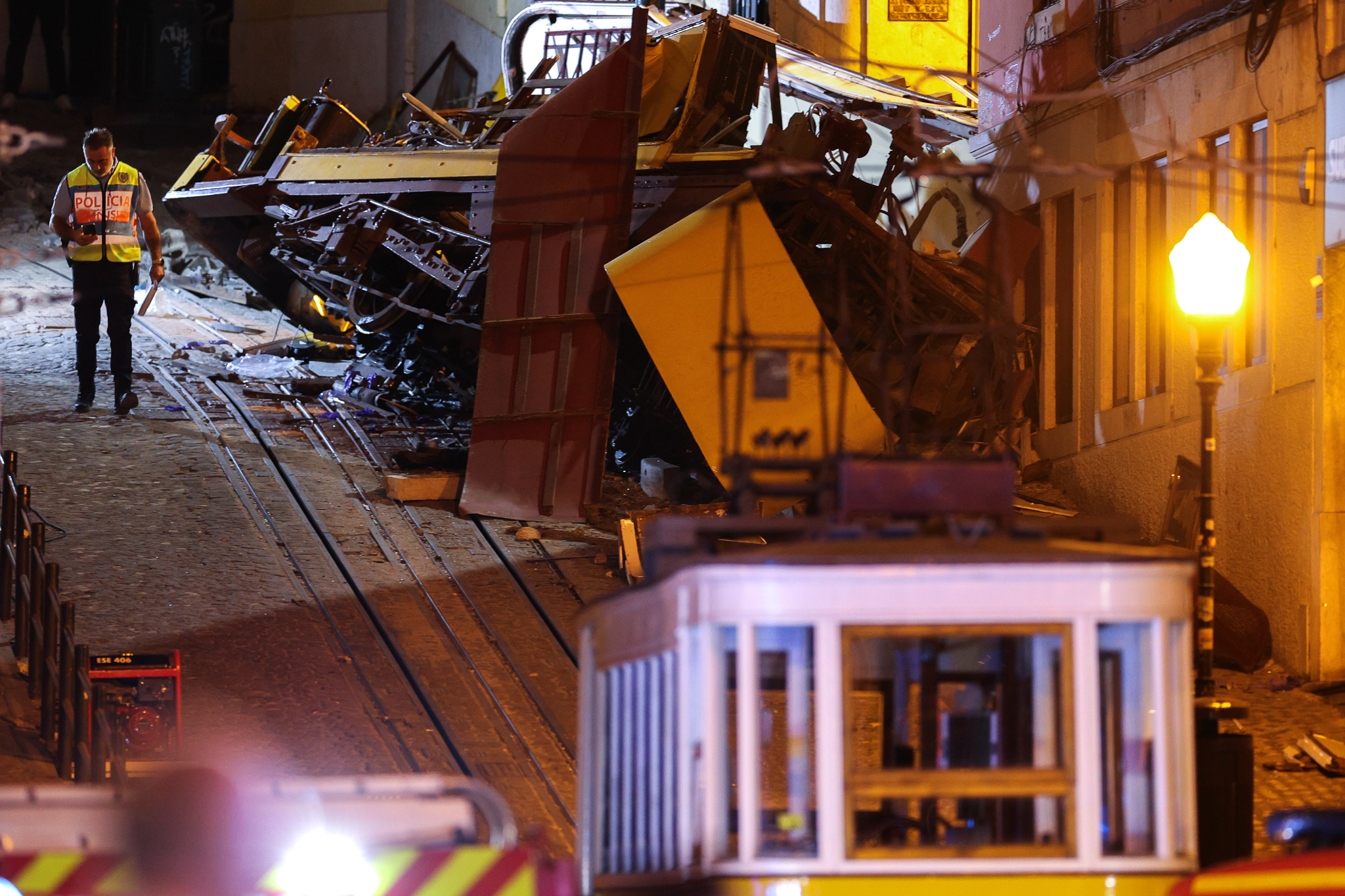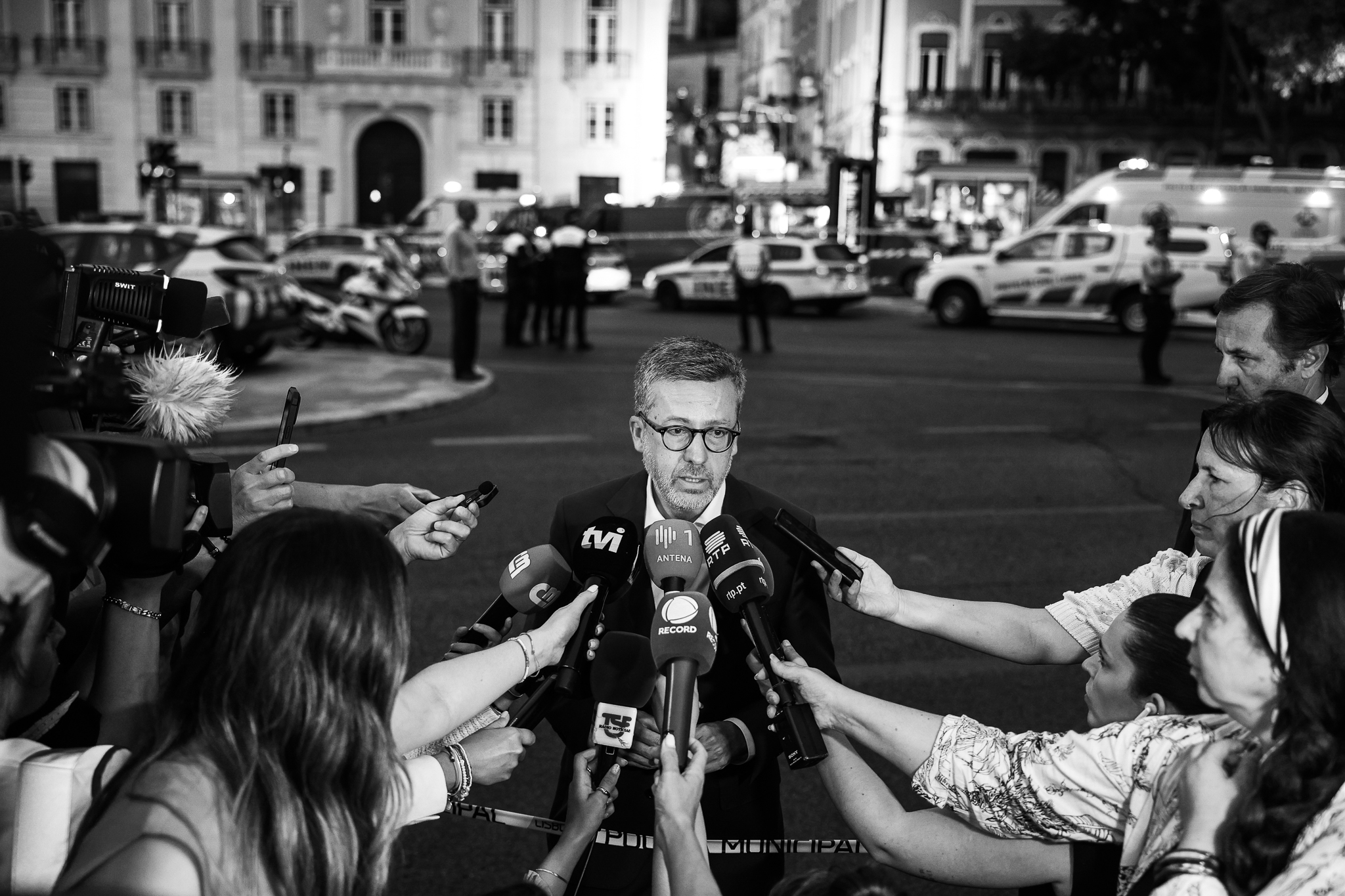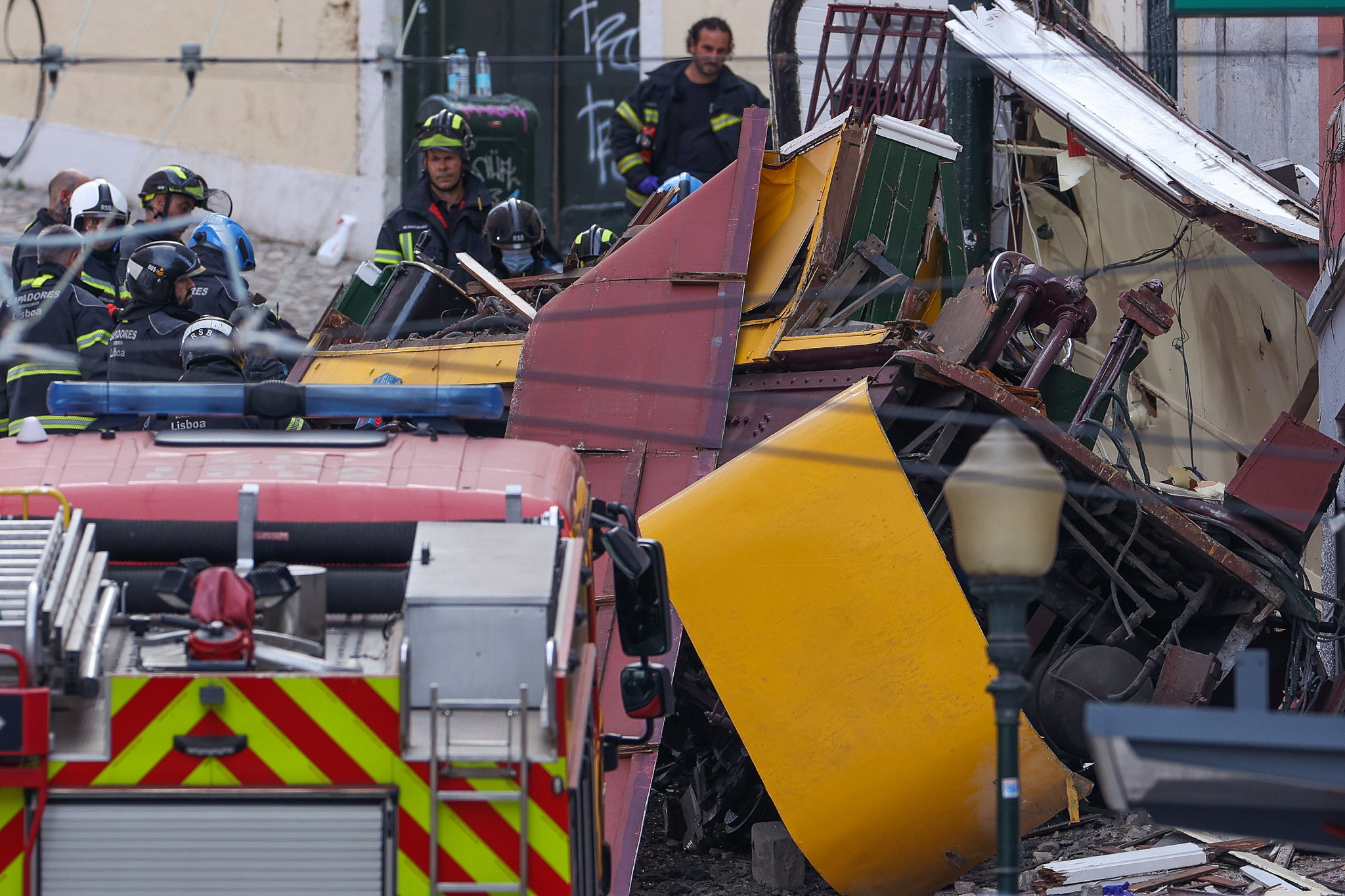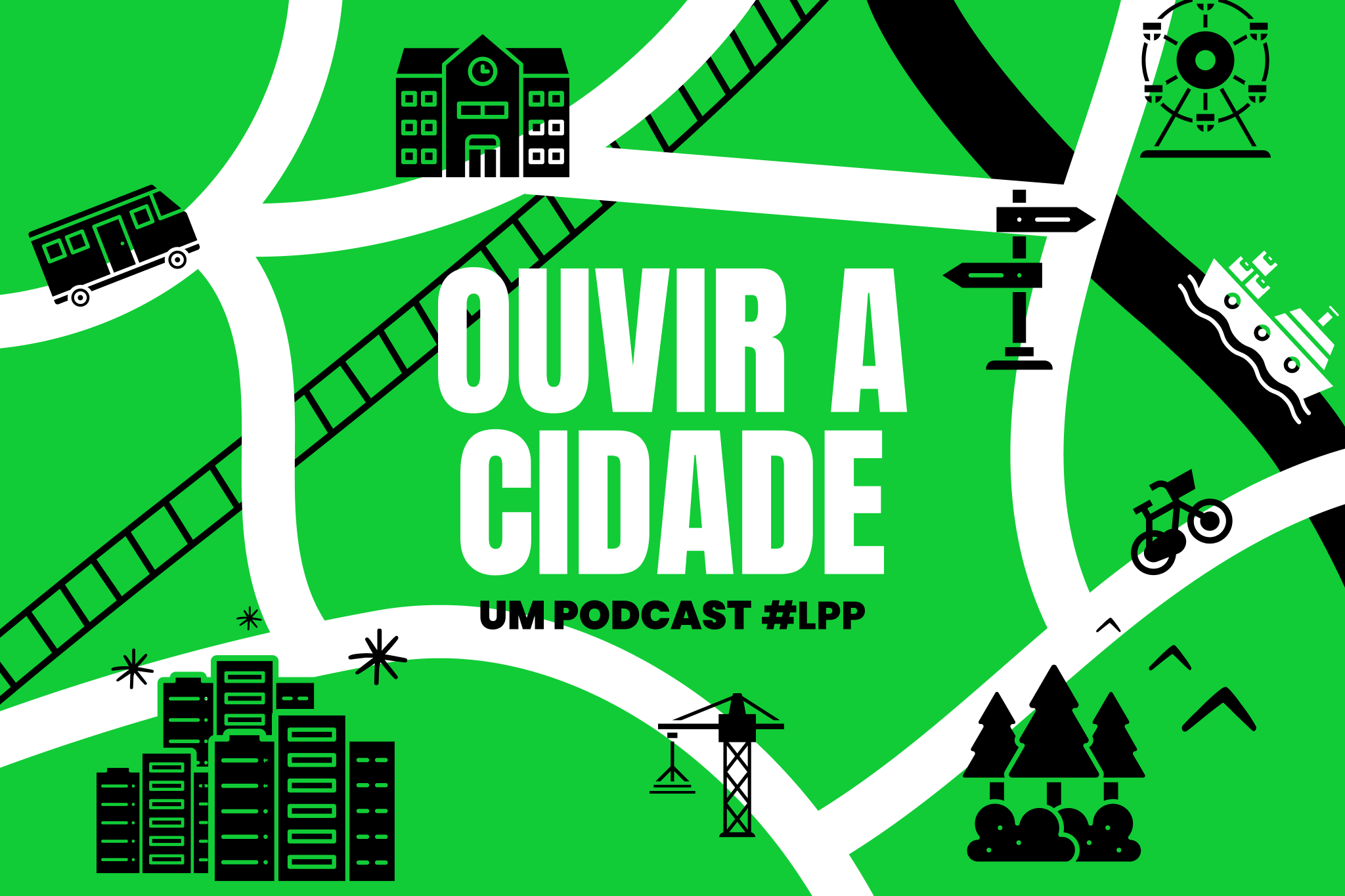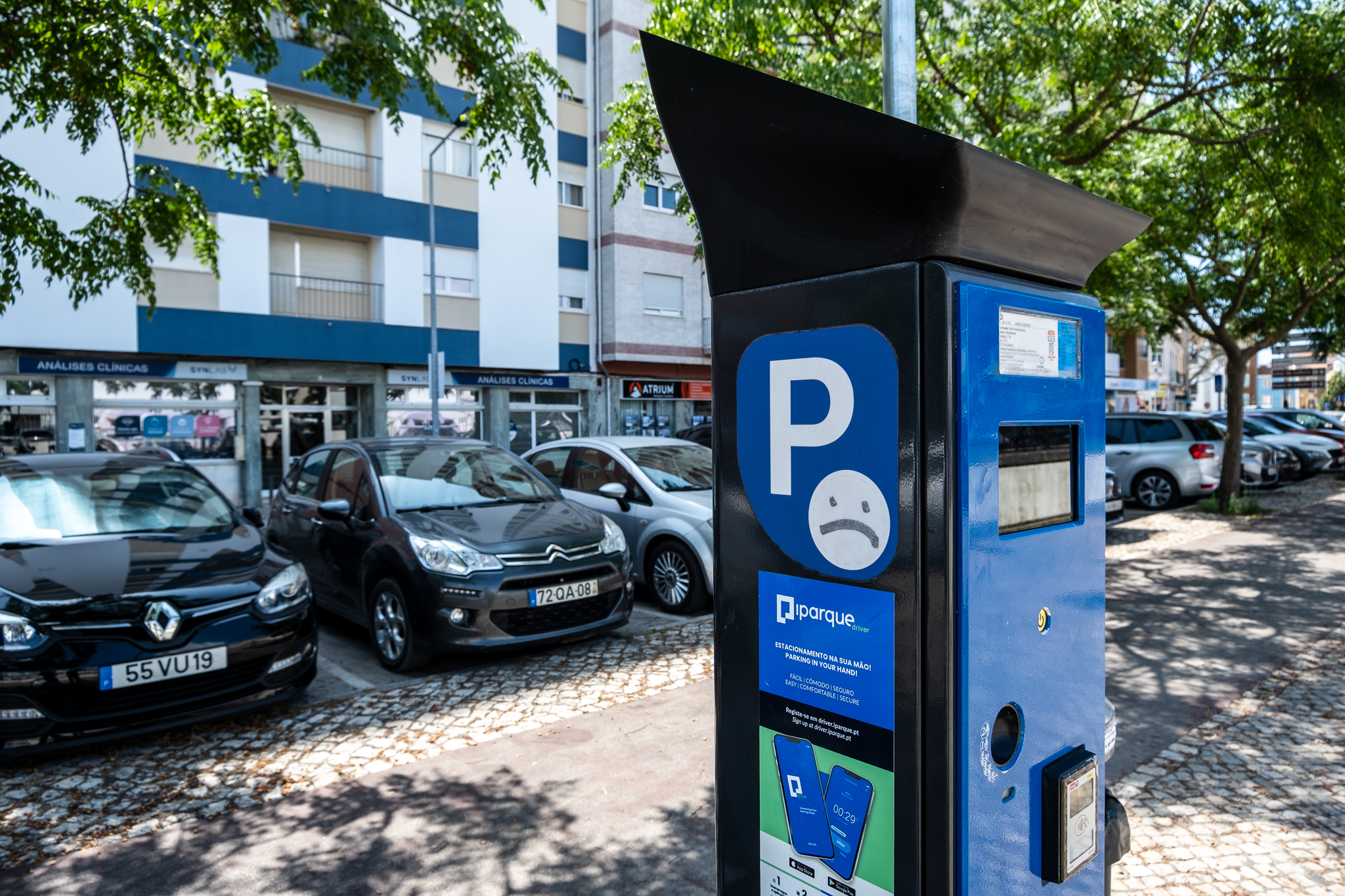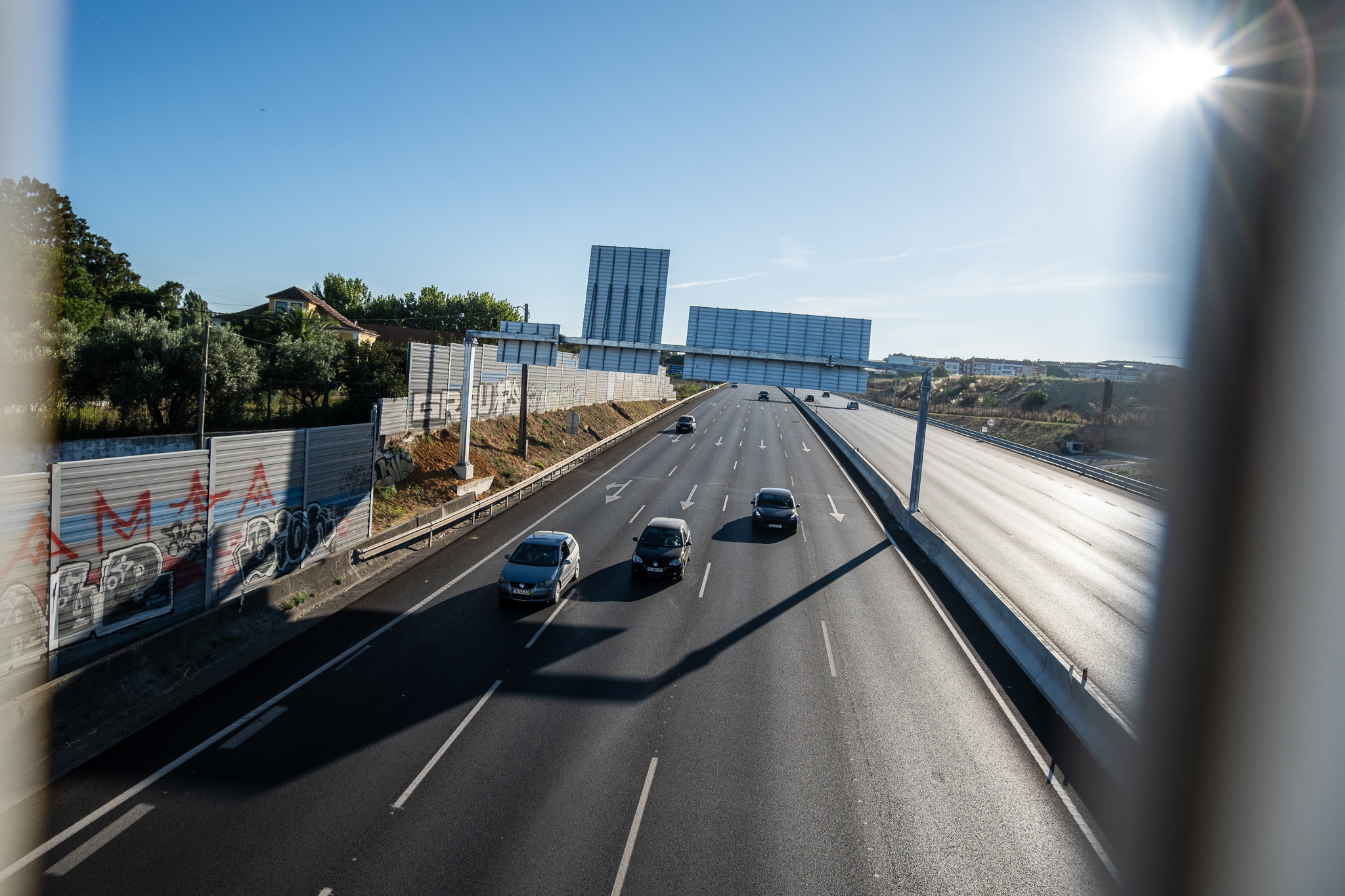
Num artigo recentemente publicado no jornal britânico The Guardian sobre a bicicleta nos planos de recuperação pós-Covid das cidades, é dado o exemplo de Lisboa e a promessa de expansão da sua rede ciclável para cerca de 200 km este ano. A fotografia que acompanha esse trecho é da Duque d’Ávila, uma das primeiras ciclovias da cidade, que não surge vazia, antes pelo contrário: num plano aproximado, vêem-se pelo menos cinco ciclistas (um deles lá ao fundo), todos estafetas da Uber Eats, da Glovo ou de ambos.
E é aqui que “reside” o problema. O contador da Avenida Duque d’Ávila, no Saldanha, é o único na cidade (por enquanto – até ao Verão deverão ser instalados 34 sensores de monitorização de ciclovias) e pode não estar a contar a história toda. O relatório anual de contagens assinado pelo Instituto Superior Técnico dá conta de que cerca de 5% dos ciclistas em Lisboa são estafetas ao serviço das plataformas Glovo e Uber Eats, percentagem que mais que duplicou em relação ao ano anterior, quando apenas 1,5% dos ciclistas eram estafetas.
O aumento dos estafetas dever-se-á ao facto de as pessoas permanecerem mais em casa e não frequentarem tanto os restaurantes, nomeadamente em Maio de 2020, quando mais de 6% dos ciclistas observados eram estafetas.
– CML-Ativos: 2º Relatório: análise dos dados das contagens de bicicletas (2020)
Uma das zonas de maior afluência destes estafetas de comida é o Saldanha, que serve de ponto central na rede ciclável e na rede de distribuição de comida, uma vez que em seu redor há muita oferta de restauração e vários bairros habitacionais. Para que possam tirar da Glovo e Uber Eats receitas consideráveis ao final do dia, os estafetas procuram esperar pelos pedidos dos utilizadores nestas áreas de maior procura, deslocando-se depois pela zona em volta num vai e vem constante. Passando pelo Saldanha, em particular durante os períodos de almoço e de jantar, é possível observar vários estafetas acumulados, por exemplo, no cruzamento das avenidas da República e Duque d’Ávila do lado do McDonald’s.

A ciclovia da Avenida Duque d’Ávila permite chegar a várias áreas residenciais, quer do lado de Arroios, quer do lado de São Sebastião, sendo, por isso, um importante eixo de distribuição para estes trabalhadores precários. O contador instalado naquela ciclovia traduzirá esta afluência. “O facto de os valores do único contador automático de ciclistas estar colocado numa zona onde há um local de pick up de comida terem atingido máximos históricos é compreensível no momento em que vivemos”, comenta Rosa Félix, uma das autoras do estudo anual de contagens realizado pelo Técnico para a Câmara Municipal de Lisboa. “Mas não duvido que se estivesse em qualquer outro eixo ciclável, que também teria batido o seu record ultimamente. Basta sair à rua para se ver que há muito mais pessoas a andar de bicicleta do que há um ano, e ainda bem que há contadores e observações no âmbito de estudos, com números concretos, que podem medir esse fenómeno.”
Desde o início de 2021 que o número de passagens na ciclovia da Avenida Duque d’Ávila aumentou substancialmente, coincidindo com o período de confinamento durante o qual os restaurantes puderam estar abertos e a servir em modo de take-away. Pela primeira vez, em Janeiro, foram registadas mais de 40 mil passagens mensais na Avenida Duque d’Ávila, cerca de 20 mil em cada sentido. Já em Março, os valores subiram para bem perto das 60 mil passagens, perto de 30 mil em cada sentido. Para referência, entre Setembro e Dezembro de 2020, as passagens mensais variaram entre as 33 e 38 mil.

Em Março, na semana entre 15 e 21, foram registadas 12950 passagens, tendo sido a semana mais popular desde que aquele contador está instalado e desde a existência daquela ciclovia. Foram quase 2 mil bicicletas por dia, um crescimento de 820% face aos valores de 2016.


Muitos internautas questionam a utilização das ciclovias na cidade de Lisboa, referindo, por exemplo, que estão vazias e que os únicos utilizadores são os estafetas de comida. O termo “ciclovazia” banalizou-se, mesmo com o estudo do Instituto Superior Técnico a apontar um crescimento de 25% na utilização da bicicleta na cidade de 2019 para 2020 e a quantificar que, na ciclovia da Almirante de Reis, instalada em Maio do ano passado, esse aumento foi de 140%. Nas contagens, aliás, só 5% dos ciclistas observados em circulação eram estafetas.
“Não deixam de ser pessoas que se deslocam de bicicleta. São ciclistas como os outros, mas que em vez de estarem a ir para a escola ou a passear, estão em trabalho, e ainda bem que o fazem de bicicleta – a alternativa seria motociclo ou automóvel”, assinala Rosa Félix. De referir que o relatório de contagens do Técnico não contabiliza as viagens em todos os horários; durante a tarde, as contagens terminam às 20 horas. “Diria que a percentagem de estafetas durante as horas seguintes será bastante superior aos 5 ou 6%.”
A explicar os picos no contador da Avenida Duque d’Ávila estará também a utilização da bicicleta como escape à rotina que hoje em dia se vive em casa. O confinamento, a melhoria da situação pandémica e o bom tempo que se sentiu durante o mês de Março terão levado muitas pessoas a tirar de casa para dar um passeio pela cidade. É possível observar várias famílias a fazê-lo, especialmente ao fim-de-semana, quando mais bicicletas foram contadas na ciclovia da Duque d’Ávila – valores acima das duas mil passagens diárias, enquanto que durante a semana chegavam perto dessa meta sem a passar.

